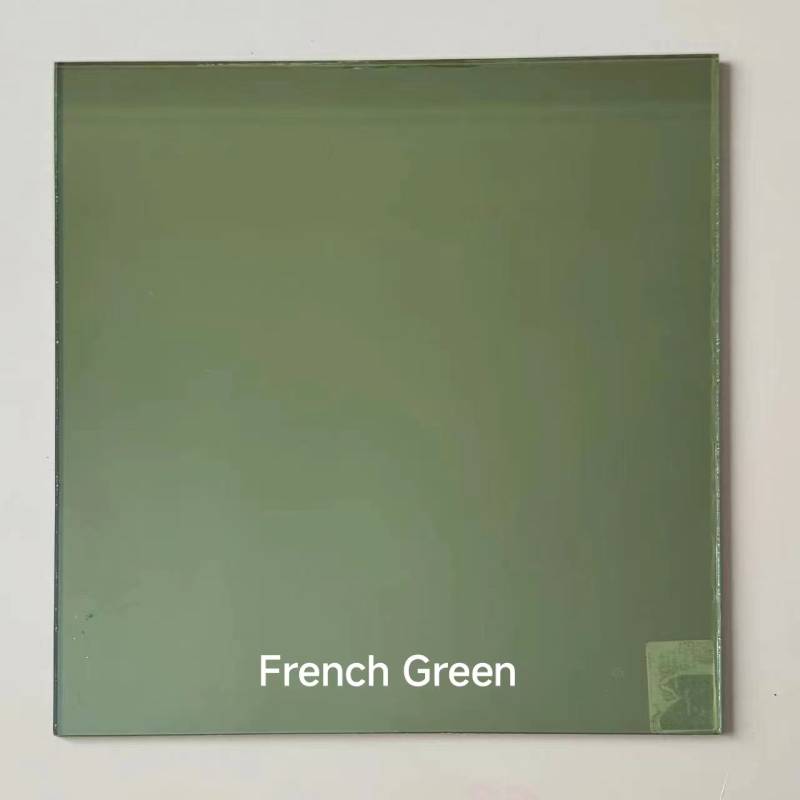

The Art of Decorative Glass Frosting
Decorative glass frosting is a technique that has captivated the attention of designers, architects, and homeowners alike. This method of altering glass surfaces not only enhances aesthetics but also provides a unique functionality that blends beauty with practicality. In this article, we will explore the various aspects of decorative glass frosting, its applications, techniques, and its significance in contemporary design.
Understanding Decorative Glass Frosting
At its core, decorative glass frosting involves the process of creating a translucent surface on glass, typically achieved through sandblasting, acid etching, or the application of frosted films. The resulting finish allows light to pass through while diffusing it, providing privacy and reducing glare. This transformation elevates the glass from being merely a functional material to a canvas for artistic expression.
The texture created by frosting can vary greatly, from a smooth and airy finish to a more textured surface that creates interesting visual effects. This versatility makes frosted glass suitable for various applications, both residential and commercial, where aesthetics and functionality must coexist.
Techniques of Glass Frosting
1. Sandblasting This is one of the most popular methods of frosting glass. In this process, a high-pressure stream of sand is used to engrave the surface of the glass, creating a frosted effect. Sandblasting allows for intricate designs and patterns to be etched into the glass, making it an ideal choice for custom projects. The depth and intensity of the frosting can be controlled by adjusting the pressure and the type of abrasive material used.
2. Acid Etching Acid etching involves using a chemical solution to create a frosted finish on the glass surface. It typically provides a smoother finish compared to sandblasting and is often used for larger glass panels, such as shower doors or office partitions. One of the advantages of acid etching is that it allows for greater precision in design, making it possible to achieve complex patterns and motifs.
3. Frosted Films A more accessible option for achieving a frosted look is the use of vinyl or window films that can be adhered directly to the glass surface. These films come in various patterns and finishes, offering an easy and cost-effective way to add a frosted effect without permanent alterations to the glass. Frosted films are particularly popular for renters or those looking to refresh their space without significant commitments.

Applications of Decorative Glass Frosting
Decorative glass frosting has numerous applications across various sectors. In residential settings, frosted glass is commonly used for bathroom windows, shower enclosures, and room dividers. It allows for privacy without sacrificing natural light, creating a serene and airy environment.
In commercial spaces, frosted glass is increasingly utilized for office partitions, conference rooms, and storefronts. Businesses appreciate the modern appearance that frosted glass provides while maintaining transparency and openness. Additionally, it can serve as an excellent surface for branding, as companies can incorporate their logos or messages directly into the frosted design.
The hospitality industry has also embraced decorative glass frosting, using it in hotels and restaurants to create welcoming atmospheres. Whether it’s in the form of frosted glass doors, decorative panels, or partitions, the technique adds a touch of elegance and sophistication to any space.
The Significance of Decorative Glass Frosting
The significance of decorative glass frosting extends beyond mere decoration. It embodies the fusion of form and function, demonstrating how design can enhance the utility of materials. The ability to control transparency and light diffusion allows architects and designers to manipulate spatial perceptions, creating environments that feel more open, inviting, and comfortable.
Moreover, the growing focus on sustainability and eco-friendliness in design has led to an increased interest in materials like frosted glass, which can help reduce the need for artificial lighting while maximizing the use of natural light.
In conclusion, decorative glass frosting is a multifaceted technique that enriches design possibilities and enhances the functionality of glass. As trends continue to evolve and the demand for innovative design solutions grows, frosted glass will undoubtedly remain a popular choice in both residential and commercial sectors. Whether through sandblasting, acid etching, or the use of films, the art of decorative glass frosting invites us to appreciate the beauty of light and transparency in our everyday environments.